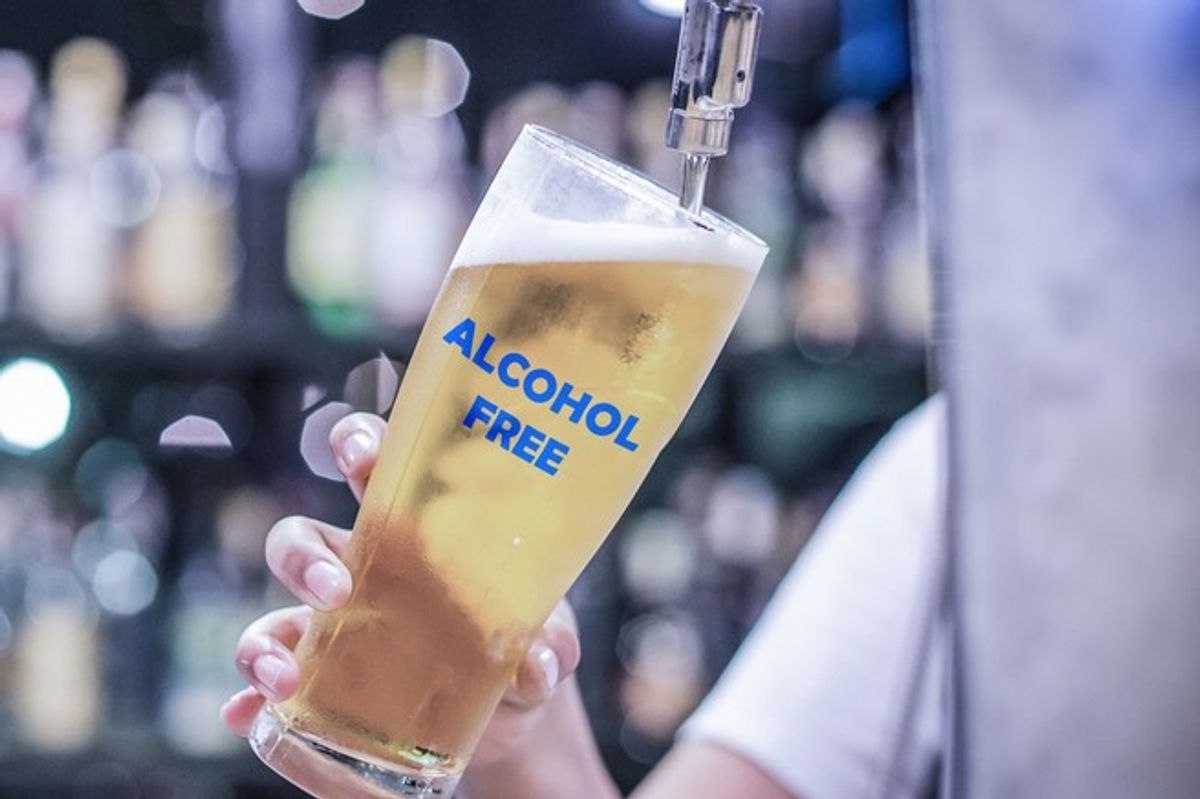Europe’s beverage market is undergoing a structural reset as a new generation of consumers turns away from alcohol in favour of innovative, healthier alternatives.
New analysis announced today by Circana at the Beverage Forum Europe 2025, reveals that 71 per cent of consumers are buying, stocking, or consuming less alcohol, and almost one in four 25–35-year-olds have stopped buying alcohol altogether.
Sales of soft drinks and functional beverages move ahead of alcohol
The total European beverages category has reached a value of €166 billion, accounting for nearly a quarter (23 per cent) of all edible CPG demand across Circana’s largest European markets (EU6 – France, Germany, Italy, Netherlands, Spain, UK).
While overall sales value grew +2.1% and volume rose +0.6% year-on-year, the real story is divergence: alcoholic beverages slipped -1.8 per cent in value sales to €68 billion, while non-alcoholic beverages grew +5.1% to €97 billion.
With soft drinks, functional blends, and no/low alcohol choices now making up almost 60% of category sales, the future of growth is firmly in the hands of non-alcoholic innovation.
Consumers cite being ‘more refreshing’ (55 per cent), ‘healthier with plant-based ingredients’ and ‘tasting better’ (27 per cent), ‘better for me’ (22 per cent) and ‘fits my lifestyle (21 per cent) as the main reasons for switching from alcohol to alternatives such as functional drinks, protein-based beverages, kombucha, and mood-enhancing no/low-alcohol options.
Ananda Roy, SVP Thought Leadership at Circana, said, “The message to brands is clear; ‘more of the same’ is no longer a growth strategy. Growth will not come from short-term disruption but from strategic reinvention.
"As new consumers, needs, and occasions reshape the market, category leadership will belong to those who strengthen their capabilities, innovating with purpose, embedding sustainability, and engaging shoppers in credible and lasting ways.”
Key takeaways
- New consumers, new occasions – Changing lifestyles and rituals are redefining the meaning of beverages, demanding that brands adapt portfolios to evolving consumption patterns.
- Growth in adjacencies – Categories outside of traditional alcohol are accelerating and will increasingly impact the wine and spirits sector by 2035, highlighting the need for cross-category innovation.
- Sustainability as a growth driver – No longer just a compliance issue, sustainability is now a commercial opportunity, but one constrained by availability and affordability. Brands that can deliver on both will gain a competitive edge.
- Innovation with purpose – True reinvention in product design, pricing, distribution, and consumer engagement, not short-term promotions, is what will make wine and spirits relevant and desirable again.
- Moderation reshaping demand – The rise of low/no alcohol reflects a structural shift toward moderation and under-consumption. While this will change category demand by 2045, brand heritage and craftsmanship remain powerful assets.


